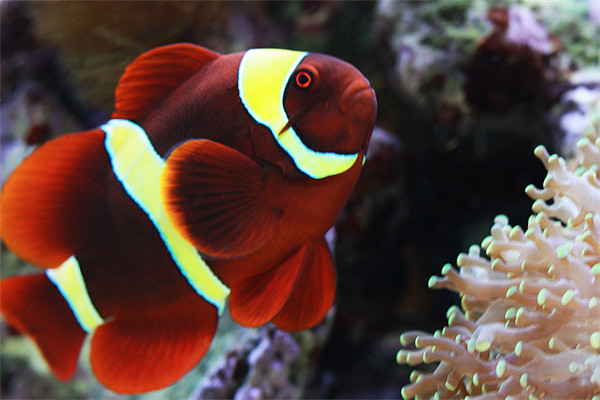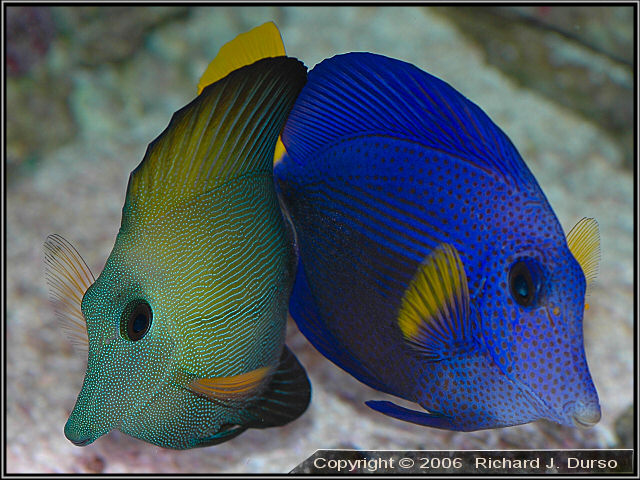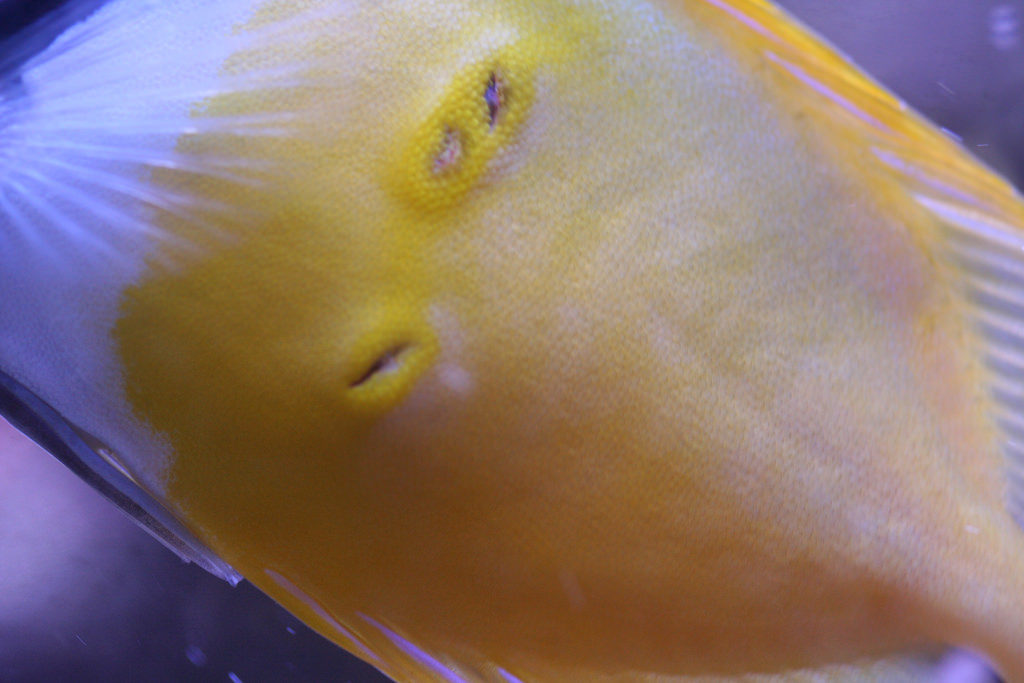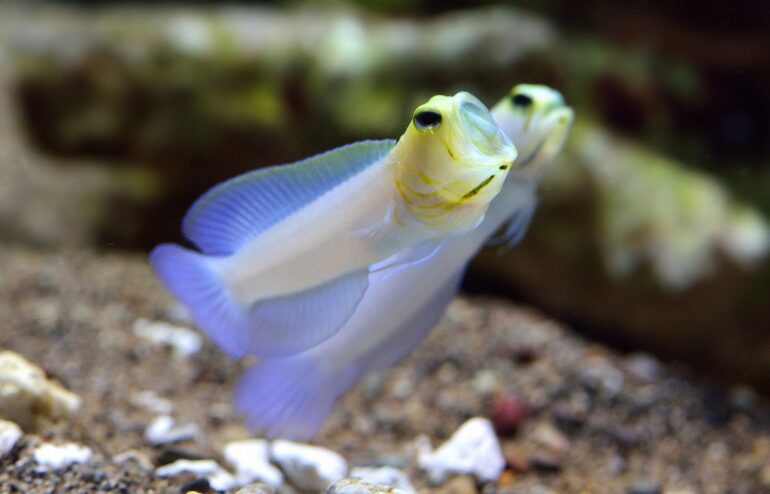We all aspire to have a community of fish that all get along, but sometimes we evidently buy a damsel as our first fish or fall in love with a Sohal Tang or find some other fish that just does not want to get along with the others.
Fish aggression can be extremely frustrating and trying to capture the aggressive fish can even be more frustrating — especially in a mature reef aquarium. But there are a few ways we can avoid fish aggression from even becoming an issue that start with being mindful of the fish you want to keep.
Notorious F-I-S-H
The best place to start is to stay away from notoriously aggressive fish. These include: Sohal and Clown Tangs, Powder Blue Tangs, Damsels, Maroon Clownfish, and certain Wrasses and Dottybacks.

These are just naming a few of the fish to watch out for. There are plenty of others with different degrees of hostility. If you are absolutely in love with a fish that is known to be aggressive, it is imperative to add it last in order to dodge antagonism towards new tank mates.
Watch Out for Similarities
Next, avoid adding fish with similar body shapes or coloration. For example, do not house a powder blue, powder brown, or gold rim tangs together — this is a recipe for disaster.
Even fish of different families such as a royal gramma and bicolor dottyback will have issues. If you decide to add similar fish anyway, add them at the same time so neither has established territory.

Likewise, do not have multiple fish with the same territorial niche that directly compete with one another. A diamond goby and a gold head sleeper goby would most likely fight with each other over territory.

It would be serene to be able to mimic a school of yellow tangs found in the wild. Besides most of us not having a tank large enough to house a school of yellow tangs, tangs and surgeonfish will not school in aquariums. Plus most tangs, butterflyfish, and angels of the same species do not tolerate each other.
Elbow Room
Finally, be sure to give your fish enough space. If you are well over their minimum tank size requirement, you reduce the drive for aggression.
There are other ways you can help reduce aggression such as adding the largest fish last, providing plenty of hiding places, and adding your new fish at night so it can settle in before meeting new tank mates.

Try out these methods when adding new fish and always inquire about intended tank mates before making your purchase. Keeping these points in mind may save you from having to return a fish or tearing apart your tank trying to evict the aggressive fish.



